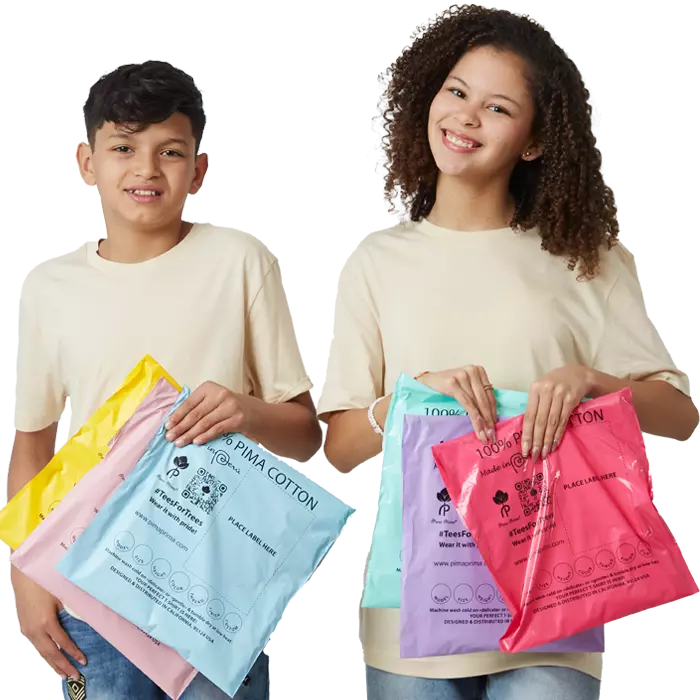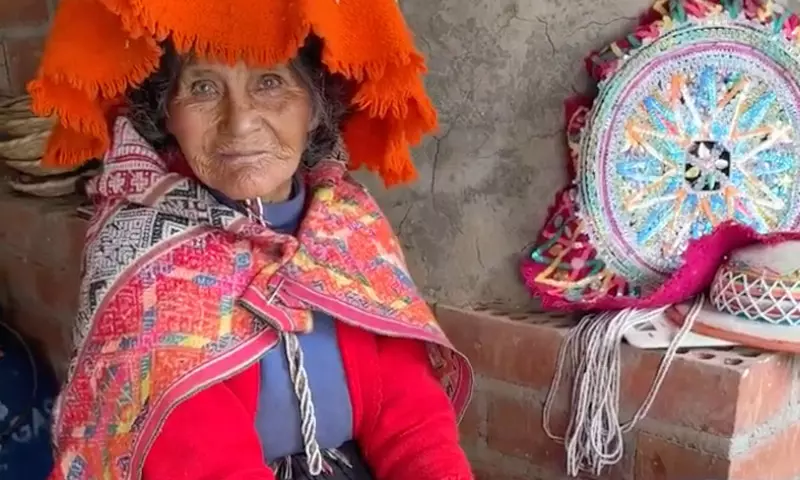For thousands of years, Peruvian artisans have drawn color from nature—red from cochineal insects, blue from indigo plants and golden ochres from the earth. These natural dyeing techniques, developed long before synthetic dyes existed, demonstrate a profound relationship between the Andean people and their environment. Today these traditions inspire eco-friendly fashion, giving modern garments such as organic Pima cotton t-shirts new meaning rooted in heritage.
The Roots of Color in Ancient Peru
Peru’s natural dyeing traditions stretch back to pre-Columbian civilizations like the Nazca, Moche, Paracas and Inca. They mastered complex methods to color textiles made from cotton, alpaca and llama fibers. These textiles were more than clothing—they told stories, marked social status and expressed spiritual beliefs.
Sources of Natural Dyes
- Cochineal (Dactylopius coccus): Found on prickly pear cacti, producing deep reds and purples—once a symbol of Andean royalty. Learn more about cochineal dye
- Chilca, Qolle and Molle Trees: Local flora creating natural yellows, greens and browns tied to seasonal cycles
Color, Power and Meaning in the Inca Empire
Textiles under the Inca Empire were political and spiritual tools. The most skilled weavers created garments for nobility and religious leaders. Colors conveyed authority and meaning: brilliant red for warriors, deep blue for nobility and multi-colored motifs for ceremonial use. Even the khipu, a system of knotted cords, incorporated color as a form of information storage—showing how central natural dyes were to communication and social structure.
Natural Dyes in Modern Peru
Across the highlands of Cusco, Ayacucho and the Sacred Valley, artisans are reviving these ancient dyeing methods. Plants are hand-harvested, cochineal is carefully prepared and yarn is dyed over open fires. This revival preserves cultural memory and meets global demand for sustainable fashion. Natural dyes offer healthy eco-friendly alternatives to chemical processes while producing colors of remarkable depth and character.
Pima Prima: Honoring Tradition with Modern Craft
At Pima Prima, we connect this heritage to today’s fashion by creating organic Pima cotton t-shirts dyed with natural methods. Pima cotton, known for its extra-long staple (ELS) fibers, delivers unmatched softness, durability and breathability. When combined with ancestral dyeing traditions, each garment becomes more than clothing—it is a cultural statement supporting artisans and respecting the planet.
Through the Códice de Algodón project, Pima Prima preserves this living legacy while promoting ethical and sustainable fashion worldwide.
Where to Experience Peru’s Dyeing Legacy
Recommended Reading
Threads That Bind Past and Future
The art of natural dyeing is a legacy we can wear and preserve. Understanding the roots of color connects us to stories spanning thousands of years. Pima Prima honors this heritage by offering Pima cotton t-shirts that carry the spirit of Peru’s past into a sustainable and ethical fashion future.




